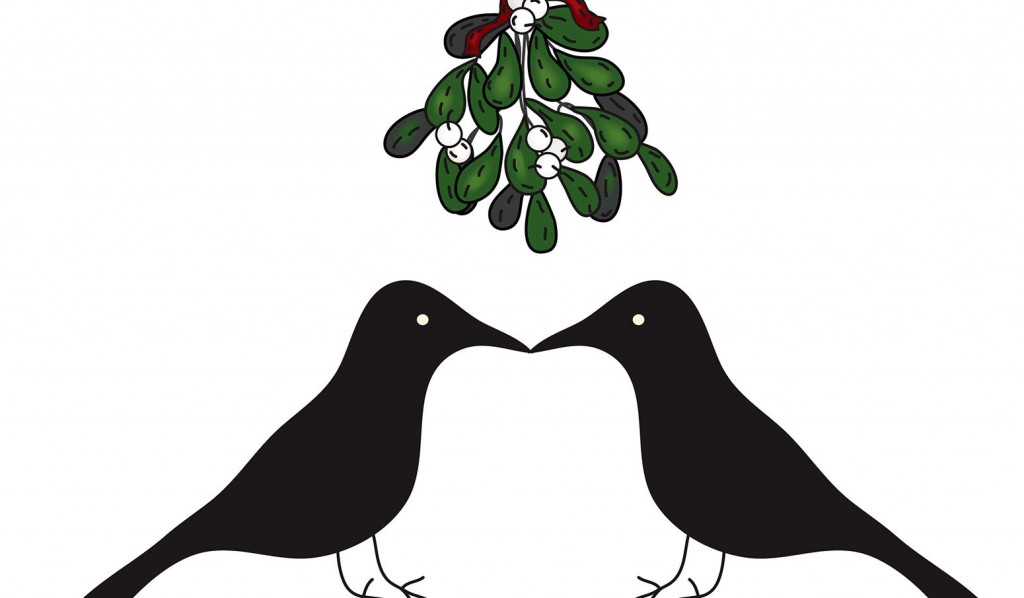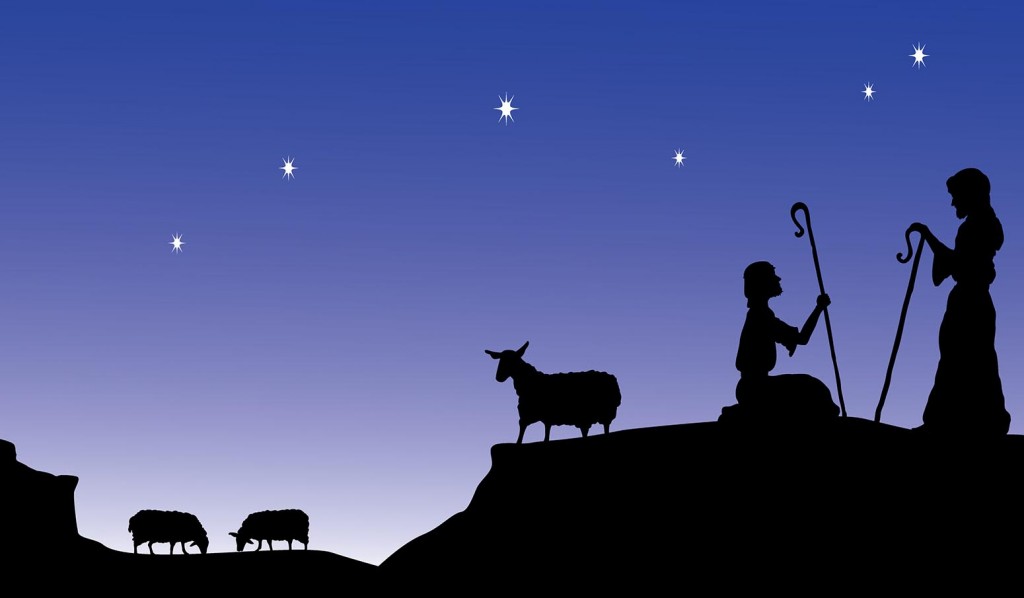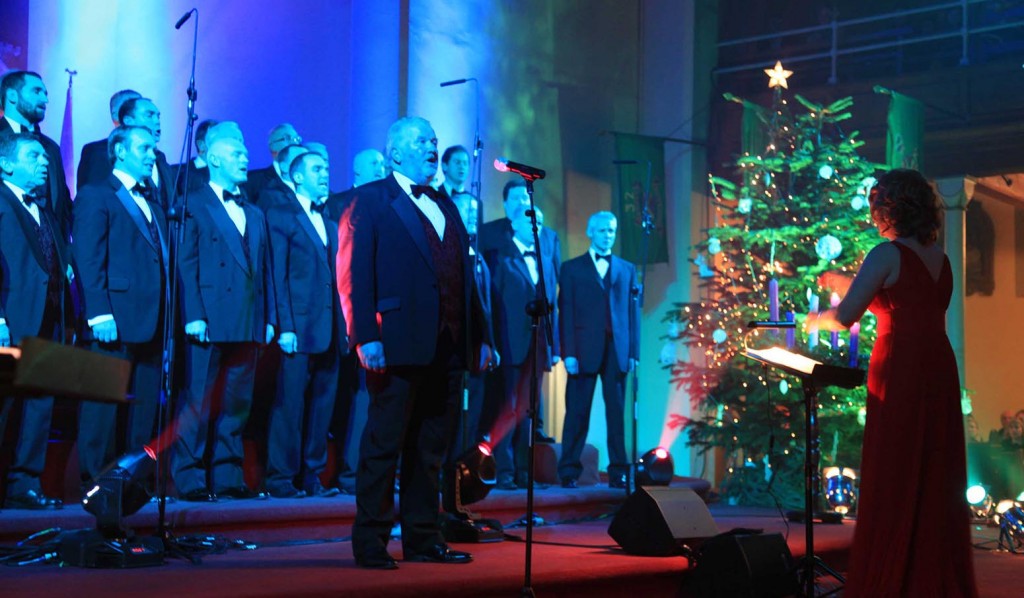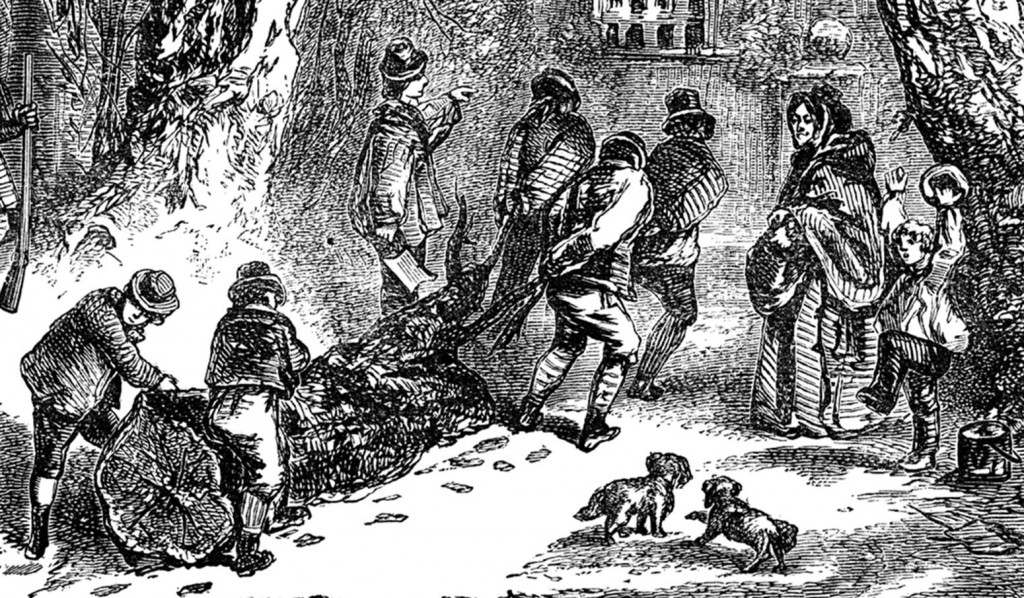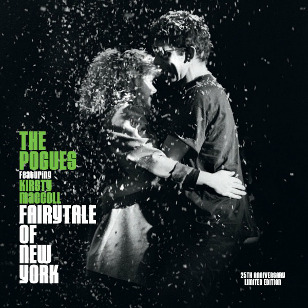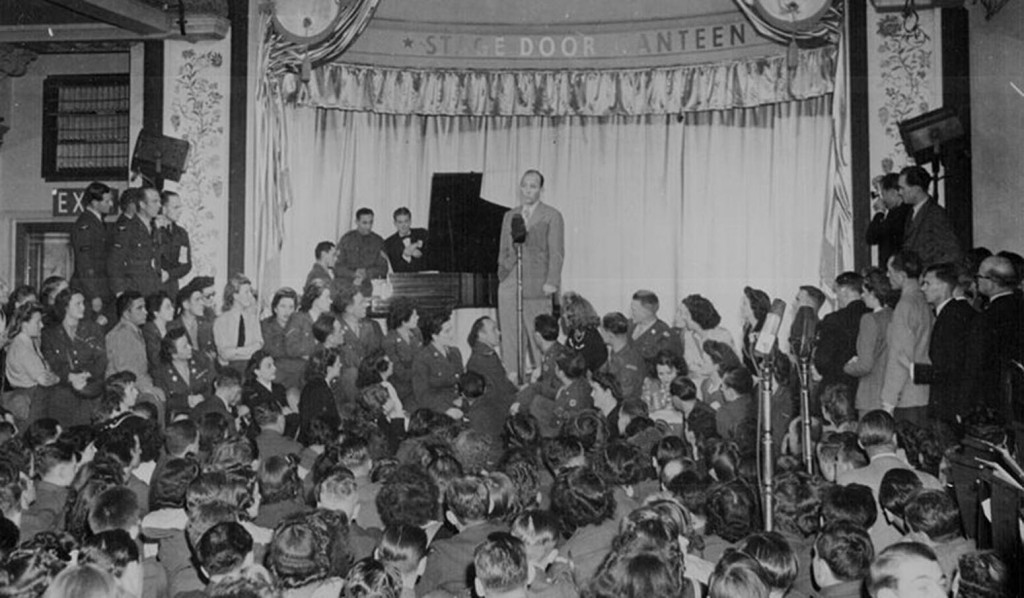1. The holly and the ivy
The most persistent custom from Celtic times is the decoration of the house with holly and ivy, as well as mistletoe. Evergreen plants as symbols of magic and what-not have been around in Ireland since well before events in Bethlehem in the Year Nought. As a defence against demons and witches they were top notch, state of the art, really. Ask any right-thinking person knows, evil spirits are afraid of green.
The Druids, the old Irish pre-Christian priests, were particularly keen on the magic powers of holly, placing it on doors and windows to dispel evil spirits. Hence today's evergreen Christmas wreaths.
The Druids also used potions — which many believe led to the widespread use of alcohol in Irish Christmas celebrations. Well, it's as good an excuse as any.
A consumer group has come up with the median Irish family’s consumption on alcohol, Christmas Day and St Stephen’s Day: 23 bottles of wine, 3 bottles of spirits, 4 dozen cans of beer. Christmas is for the kids, after all.
2. Mistletoe
Mistletoe is the definitive romantic plant come Christmas, which seems slightly odd. First of all it's a parasite, sponging off other plants in very unseasonable fashion.
Secondly its name is derived from the ancient belief that mistletoe was propagated by bird droppings. "Mistel" is the Anglo-Saxon for dung, and "tan" the word for twig. In other words "dung-on-a-twig".
From the earliest times mistletoe has been one of the most magical, mysterious, and sacred plants of European folklore. It was considered a bestower of life and fertility; a protection against poison; and an aphrodisiac.
3. While Shepherds Watched their Flocks by Night
The words of While Shepherds Watched their Flocks by Night were written by Dublin man Nahum Tate. Crazy name — not so crazy guy. He held the post of British poet laureate in the 17th century, even though he was best known as a hymn writer. Mind you, when it came to Shakespeare, he wasn't singing out of the same hymn sheet — he was renowned for dickering with the plots of some of the Bard's greatest works. For King Lear, with a refreshing lack of respect, he wrote a happy ending: Cordelia doesn't die.
Tate's family, as befitting anyone writing about sheep and shepherds, was from Cavan. His father was known as Faithful Teate (sic), and here something of a sour note enters the story. Tate Snr earned the nickname because of his betrayal of the local 1641 rebels, and had to flee in consequence. You'll probably never hear While Shepherds Watched in the same light again. Nor indeed his other big number As Pants the Hart for Cooling Streams.
The familiar tune we hear for While Shepherds Watched today was written by a man called Tye. Another chap, name of Cheesewright, also wrote a melody for the carol. But presumably Nahaum thought that 'Tate & Cheesewright' on the sheet music might sound a bit too much like a brand of crisps. Tye's version seems to have been favoured.
Tate died in Southwark exactly 300 years ago in 1715, having fled to south London to take refuge from his creditors.
4. The date of Christmas
What have the Romans ever done for us?
Well, actually, they helped us choose the date of Christmas — and also had input into the whole pressie-buying business.
In the pagan Roman world, the Saturnalia (December 17) was a time of merrymaking and exchanging of pressies.
But the story of how December 25 became the date of Christmas is as complex a story as an Agatha Christie novel.
The Celts, and indeed the people that mooched around Ireland long before the Celts, celebrated their New Year's Eve on October 31. This was the big party time of the year, and eventually became our Halloween. But when the Christians moved in, many of the customs of this festival were moved to the end of December to make Christmas more attractive to the unconverted.
The winter solstice on December 21 was also important to ancient folks. At Newgrange a shaft of sunlight illuminates the entire passage for 17 minutes on this day every year, and has done so for at least the last 5000 years.
In the pagan Roman world, the Saturnalia (December 17) was a time of merrymaking and exchanging of gifts.
December 25 was also regarded as the birth-date of the Persian god Mithra, the Sun of Righteousness.
All in all, the dying embers of December seemed to be a the ideal time for the early Christian Church to set out its wares.
This was despite the whole idea of choosing a day for the birth of Christ was a bit of U-turn. Early Christians didn't celebrate the day, considering the veneration of anybody's birthday to be pagan.
5. Christmas candles
Christmas candles and Christmas lights are further echoes of pagan Ireland. In bygone days, candles were used for foretelling the future. In Christian times, prophesy was out, and the candles instead stood for devotion, not who might win the 3.30 at the Curragh (or ancient equivalent).
The use of candles as a religious symbol was reinforced during the years of Catholic persecution in Ireland when candles were put into the windows to guide fugitive priests.
6. Once in Royal David’s City
Altogether now, “Once in Royal David’s City, stood a lowly cattle shed, Where a dumm de dumm de dum de dum dum, In a saviour dum de dum. Mary was a mother mild dumm de dumm a cattle shed.. ..”
Cecil Frances Alexander, a Wicklow woman who lived for many years in Strabane, wrote the lyrics of Once In Royal David's City in 1848.
Her other big number is All Things Bright And Beautiful, which at this very moment a school choir somewhere in the world is singing.
Tyrone locals say that Strabane is very unlikely to have given Mrs Alexander the idea of everything being bright and beautiful.
7. The Yule Log
Logging on used to have an entirely different meaning, you know.
In Ireland, and most of Europe, logs were once the main fuel, so once a year the humble hunk of wood was given pride of place, and celebrated.
But the Yuletide log has many origins — pagan Celtic, certainly, but Germanic and Norse as well. Tribes from many ethnic backgrounds burned a huge log at the Winter Solstice, with the embers of the fire possessing magical powers.
Pagan merrymaking would take place round the Yule log. Partying on down was a big thing back then — as indeed it is today. As the old saying goes: at Christmas the Christians go to church and wish each other "Happy Christmas"; the Jews go to Synagogue and say “Happy Hanukah”, and the atheists go to parties and get drunk, and say to each other “Look out for that last step.”
8. Fairytale of New York
Shane MacGowan, with a flourish of serendipity, was born on Christmas Day.
For equally good measure the co-writer of A Fairytale of New York, Jem Finer, is Jewish — continuing the oxymoronic tradition of Jewish Christmas songs: Winter Wonderland, Santa Baby, Let it Snow, White Christmas, to name only a few.
Fairytale Of New York, MacGowan and Finer's tale of optimism gone to the dogs, takes its place amongst the all time Christmas classics.
9. I’m Dreaming of a White Christmas
I’m Dreaming of a White Christmas sung by Bing Crosby is the best-selling single of all time. It's also the most recorded song of all time, with several hundred artists having covered it. In fact, it would be quicker to list the bands that haven’t recorded White Christmas — Motorhead, Throbbing Gristle and Pussy Riot are amongst that small group.
But, hang on, it’s not an Irish song, most of you will be saying.
True enough, but there are enough significant Irish features to allow it — after much consultation — onto this list.
First, a bit of background: I'm Dreaming of a White Christmas was written by Irving Berlin, born Israel Baline in 1888 in Siberia. Not only does Siberia enjoy white Christmases, it also has white Easters and white Halloweens as well. He certainly knew all about snow — even though, being Jewish, his knowledge of Easter and Christmas were limited.
After the family moved to America, young Israel quickly learnt English, and subsequently changed his name to Irving Berlin.
Moving swiftly along: as his songwriting career flourished he married his second wife (his first died on their honeymoon). His married life with Ellin Mackay, from a Catholic American-Irish family, was generally happy, except for one tragedy — the death of their only boy, Irving Berlin, Jr., on Christmas day, 1928. He was just three weeks old.
This is believed to have left Berlin ever after wistful about Christmas, as one might imagine.
In later life, the composer told his biographer Lawrence Bergreen he had nostalgic memories of childhood Christmases on the Lower East Side of New York, and especially of the Christmas tree belonging to his neighbours, the O'Haras.
Bing Crosby, the singer inextricably associated with the song, was from an Irish immigrant family — with roots in Co. Cork.
Bing was born Harry Crosby in 1903 in the state of Washington. One of his most famous hit songs was Did Your Mother Come from Ireland, penned by Tyrone man Jimmy Kennedy.
Crosby was admirably dismissive of his role in the success of White Christmas, saying that "a jackdaw with a cleft palate could have sung it successfully”.
However, the Irish American remains forever associated with the song.

